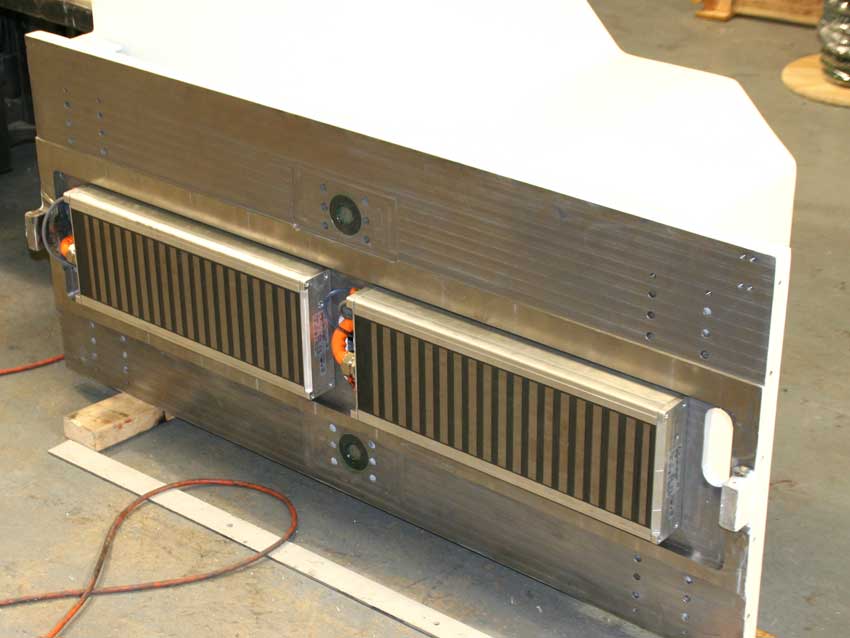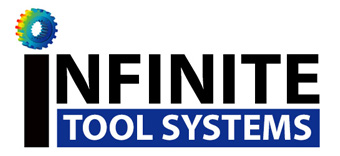We design products that deliver exceptional performance, reliability and value for our customers.
Complete Integrated Systems

We have been designing and building custom machines since 1997. We can provide a customized machine tool, along with a customized material handling system, control, and software. All parts and components are selected, designed and integrated to create an entire system designed specifically for your application. We love a challenge, and even if the capabilities for your machine don’t currently exist, we will find a way to design it.
Regardless of the complexity of the project, we understand that simplicity is an important contributor to a successful machine. For this reason, we do our best to keep the machine as simple as possible to minimize costs, as well as making it easier to operate and maintain. Each of our machines are designed to provide manufacturing processes for our customers that are:
- Extremely productive
- Repeatable
- Controllable
- Measurable
- Reliable
Analysis and Collaboration
Each of the various system components are designed from the ground up to work together. Beginning with an analysis of the products our customers produce, we can provide a complete system that automates, as required by product type and volume, not only machining, fabrication and assembly, but also material handling, optimization and part programming. Working together with you, the customer, we design each system to meet the unique requirements of your product and industry.
A few reasons why you’ll be glad you chose to work with us:
Automated Material Handling
One of our areas of particular expertise is designing automated material handling systems that accomplish high system utilization and quality goals. Studies performed by one of our customers on a high speed CNC router they had recently acquired showed that while it could run a part in 2 minutes, with manual operation it only produced 40 parts in an 8 hour shift, or 5 parts per hour! A surprisingly high percentage of processing time was spent on setup, fixture retrieval, material loading and unloading, part program loading, operator breaks and manual inspection, all of which varied due to operator whims and energy level. While the cutting process itself was quite fast, the overall productivity was dismal.
A properly designed automated material handling system paces the work flow and greatly increases the productivity of the manufacturing cell. We can design these systems for complete unattended operation, or for semi-automated operation. Systems can be designed to handle practically all kinds of parts. Some parts can be transported through the process simply by way of rollers and conveyors, while in other processes the parts may be irregularly shaped, or have to be supported rigidly for cutting on multiple faces, or the raw material has to be cut into an infinite array of sizes.
For example, raw material is presented to our automated stack routing system in sheets as large as 48 square feet, and get cut into an infinite variety of irregular shapes, with some parts nearly as large as the incoming raw material, and other parts cut as small as 3 square inches. In order to meet volume requirements, multiple sheets of raw material must be stacked, enabling multiple parts to be cut out at one time, which further complicates automated cutting and material handling. We developed a complete, semi-automated material handling system that transported the raw material into the cell, automatically loaded the material and part program onto the router, and conveyed the finished parts out of the cell while simultaneously transporting new raw material into the cell.
We have found a very effective way to transport almost any kind of material through a cell is on pallets. In the case of the fore mentioned automated stack routing system the “pallets” were simply 0.25 inch thick sheets of Medium Density Fiberboard, which could be reused several times per side and then discarded. The pallets can be designed as needed for practically any kind of part. For example, if the parts were aircraft stringers, in lengths from say, 10 feet to 60 feet, we might design pallets out of aluminum with automated clamps and locating surfaces to accommodate the various lengths. Once the parts were placed on the pallets they would be conveyed initially to a rough cutting station, and then staged to multiple finish cutting stations, and then possibly to an automated inspection station, and then to the unload area where they would be re-loaded and sent back through the cell.
Even if others have said that your process cannot be automated, we invite the opportunity to demonstrate how it can be done efficiently and cost effectively.
Technology And Innovation
 We are early adopters of high technology components. For example, we began incorporating linear motors into our systems in 2003. Our customized approach to machine design allows new technologies to be seamlessly integrated into our designs as the technology advances. We value innovation and are constantly searching for new methods and devices to accomplish tasks more efficiently.
We are early adopters of high technology components. For example, we began incorporating linear motors into our systems in 2003. Our customized approach to machine design allows new technologies to be seamlessly integrated into our designs as the technology advances. We value innovation and are constantly searching for new methods and devices to accomplish tasks more efficiently.
While linear motors are the most expensive axis drive system, they offer many benefits, particularly for highly dynamic machines requiring extremely high accuracy and long life. Linear motors are direct drive with zero backlash, and when coupled with high resolution feedback systems and rigid, properly designed axis structures they provide the most accurate drive system available. When sized properly, linear motors offer the highest velocities and acceleration/deceleration rates of any precision axis drive system. In addition to all their other benefits, linear motors are inherently reliable since they have no mechanical drive components to wear out.
To find out more about some of our past experience, view our portfolio.
Contact us today to learn more.
Click here to add your own text
